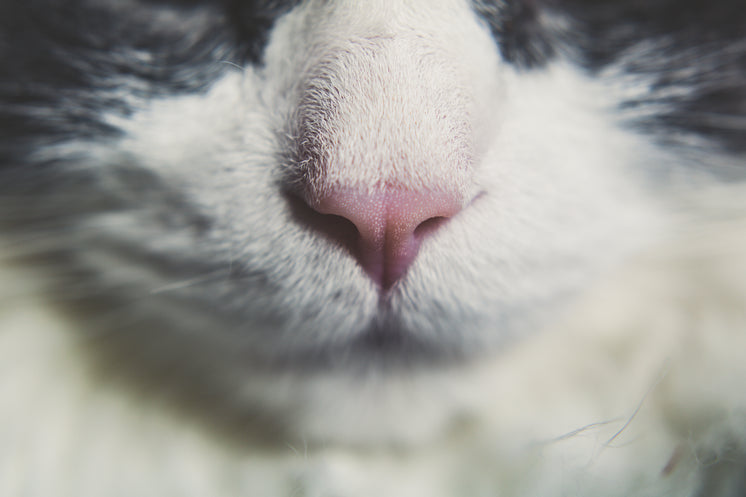Comprehending Clay Cat Litter Dust and Breathing Health
Comprehending Clay Cat Litter Dust and Breathing Health
Blog Article

Cat litter and litter boxes play a critical role in the lives of both cats and their owners. From the simple starts of sand and soil to the ingenious advancements of today, the world of cat litter has progressed substantially. In this comprehensive guide, we look into every aspect of cat litter and litter boxes, exploring their history, types, benefits, difficulties, and everything in between.
The history of cat litter dates back centuries, with ancient civilizations using sand, soil, and even ashes as primitive litter materials. However, it wasn't up until the mid-20th century that contemporary cat litter as we understand it emerged. In 1947, Edward copyright introduced the world's first industrial cat litter made from absorbent clay, reinventing the method felines relieved themselves inside your home. Considering that then, cat litter has actually gone through various changes, with the intro of clumping litter, silica gel litter, naturally degradable choices, and more.
Today, cat owners are spoiled for option when it pertains to picking the ideal litter for their feline buddies. Conventional clay litter remains popular for its affordability and efficiency in soaking up smells. Clumping litter, which forms solid clumps when wet, simplifies cleaning and upkeep. Silica gel litter, made up of highly absorbent silica crystals, offers superior smell control and durability. Eco-friendly choices, such as recycled paper, wood pellets, corn, and wheat, attract environmentally mindful customers.
Each type of cat litter offers unique benefits. Clay litter stands out in its ability to absorb wetness and control smells, making it cat litter robot a reputable choice for many feline owners. Clumping litter streamlines daily scooping and extends the time in between total litter changes. Silica gel litter provides extraordinary odor control and can last longer in between replacements. Naturally degradable litters offer a sustainable option that lessens environmental effect.
While cat litter improves indoor feline hygiene, it is not without its obstacles. Dust from clay litter can present breathing dangers for both cats and human beings, prompting the appeal of dust-free alternatives. Some cats might develop litter box hostility due to problems with texture, aroma, or tidiness, demanding experimentation with different litters and box setups. cat litter box Multi-cat homes might require tactical litter box placement and frequent upkeep to prevent territorial conflicts and ensure all felines have access to clean centers.
Selecting the proper litter box is important for promoting favorable litter Robot Litter Boxes box habits and total feline well-being. Aspects to consider consist of size, accessibility, and style preferences. Covered litter boxes offer personal privacy and assistance consist of odors, however some cats may discover them confining or frightening. Open-top litter boxes offer simple gain access to and exposure however may result in more litter scatter. Automatic self-cleaning litter boxes simplify maintenance however need routine monitoring and maintenance.
Correct litter box maintenance is important for ensuring a clean and welcoming environment for both cats and their owners. Daily scooping eliminates waste without delay, minimizing odor and preventing litter box hostility. Regular litter replacement, usually every 1-2 weeks, avoids bacterial buildup and preserves optimum absorbency. Thorough cleaning with moderate cleaning agent and water, preventing harsh chemicals that may hinder felines from using the box, must be carried out monthly.
Cat litter and litter boxes play a central role in promoting a healthy and unified relationship in between cats and their human companions. With a diverse variety of litter alternatives and litter box designs available, cat owners have the versatility to customize their options to suit their cats' preferences and family requirements. By understanding the development, types, advantages, and obstacles of cat litter and litter boxes, pet owners can provide their feline buddies with a comfortable and hygienic indoor environment.